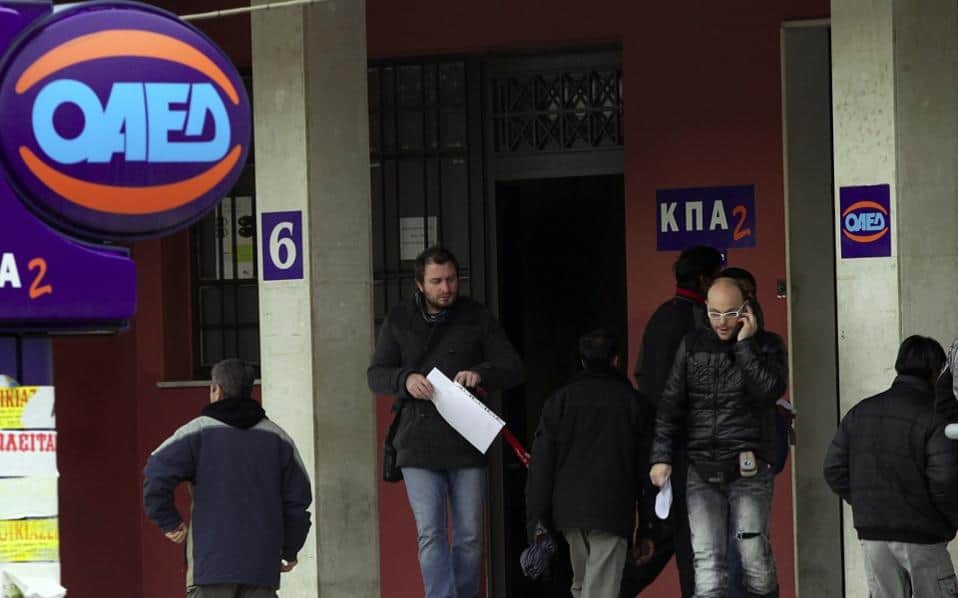The Greek unemployment rate rose to 10.8 percent in Q3 2023 according to the results of the Labour Force Survey, the Hellenic Statistical Authority (ELSTAT) said on Thursday. More specifically, the number of persons employed amounted to 4,256,176, recording an increase of 0.5% compared to the previous quarter and an increase of 1.0% compared to the same quarter of the last year.
The unemployment rate for the third quarter of 2023 was 10.8%. The unemployment rate was 11.2% in the previous quarter (2023 Q2) and 11.6% in the corresponding quarter of the last year (2022 Q3).
The number of persons outside the labour force, i.e., those who are neither working nor looking for a job, amounted to 4,264,694. In particular, persons outside the labour force under the age of 75 amounted to 3,032,538. Their share decreased by 0.2% compared with the previous quarter and by 0.9% compared to the same quarter of the previous year.
The highest unemployment rates were observed among women, persons aged up to 24 years in the Region of Western Macedonia, and persons who have completed less than primary education.
The highest percentage of the labour force is observed among men, persons aged 30-44 years in the region of Southern Aegean, persons that have completed post-secondary education and persons of foreign citizenship.
In the 3rd quarter of 2023, the majority of the employed are working as employees (69.1%), whereas a significant share is working as self-employed, without employees (20.0%). Part-time employment amounts to 6.6%, while the share of persons with temporary jobs is 8.1%. Part-time employment decreased by 10.5% compared to the previous quarter and by 8.8% compared to the corresponding quarter of the previous year.
Temporary jobs increased by 5.0% compared to the previous quarter and remained the same compared to the corresponding quarter of the previous year. The occupations gathering the largest shares of the employed are service workers, shop and market sales workers (22.6%), and professionals (21.6%).
In comparison with the previous quarter, the largest increase occurs for skilled agricultural and fishery workers (3.4%), while the largest decrease is observed in technicians and associated professionals (2.6%).
In comparison with the same quarter of 2022, the largest increase occurs in legislators, senior officials and managers (8.0%), whereas the largest decrease is observed in technicians and associate professionals (3.6%).
As of the 3rd quarter of 2012, an increase in the share of low-skilled non-manual occupations is observed – a trend that has been reversed to a certain degree since 2021. During the same period, the share of skilled manual occupations decreases but is slightly increased since 2021.
The share of highly skilled non-manual occupations increased slightly, whereas the share of elementary occupations has remained relatively stable since 2012. The share of workers in agriculture, forestry, animal husbandry and fishing has declined since 2014 but shows a small increase in the last three years.
Most employed (49.2%) report having worked 40 – 47 hours in the reference week whereas a significant share (21.0%) report having worked for 48 hours or more. Most employed persons (77.1%) worked the usual hours during the reference week.
5.8% of them state that they wish to work more hours, 2.5% are underemployed part-time workers who wish to work more and they are available to start working more in the next two weeks, and 1.3% of the employed report having more than one job.

